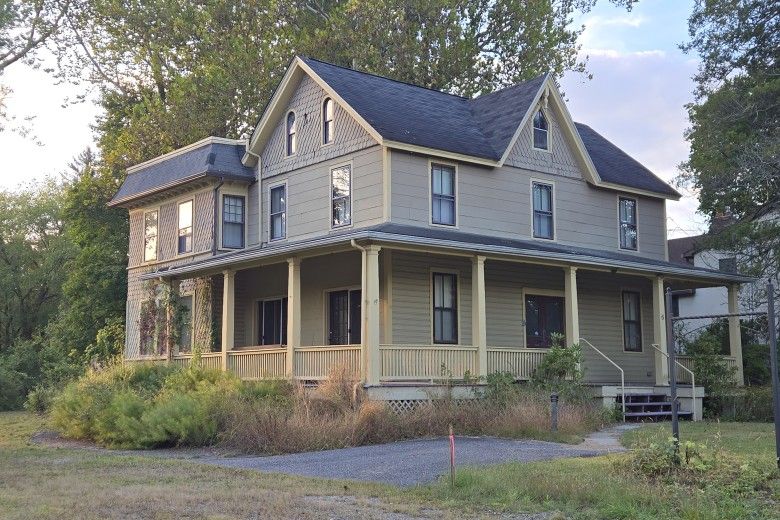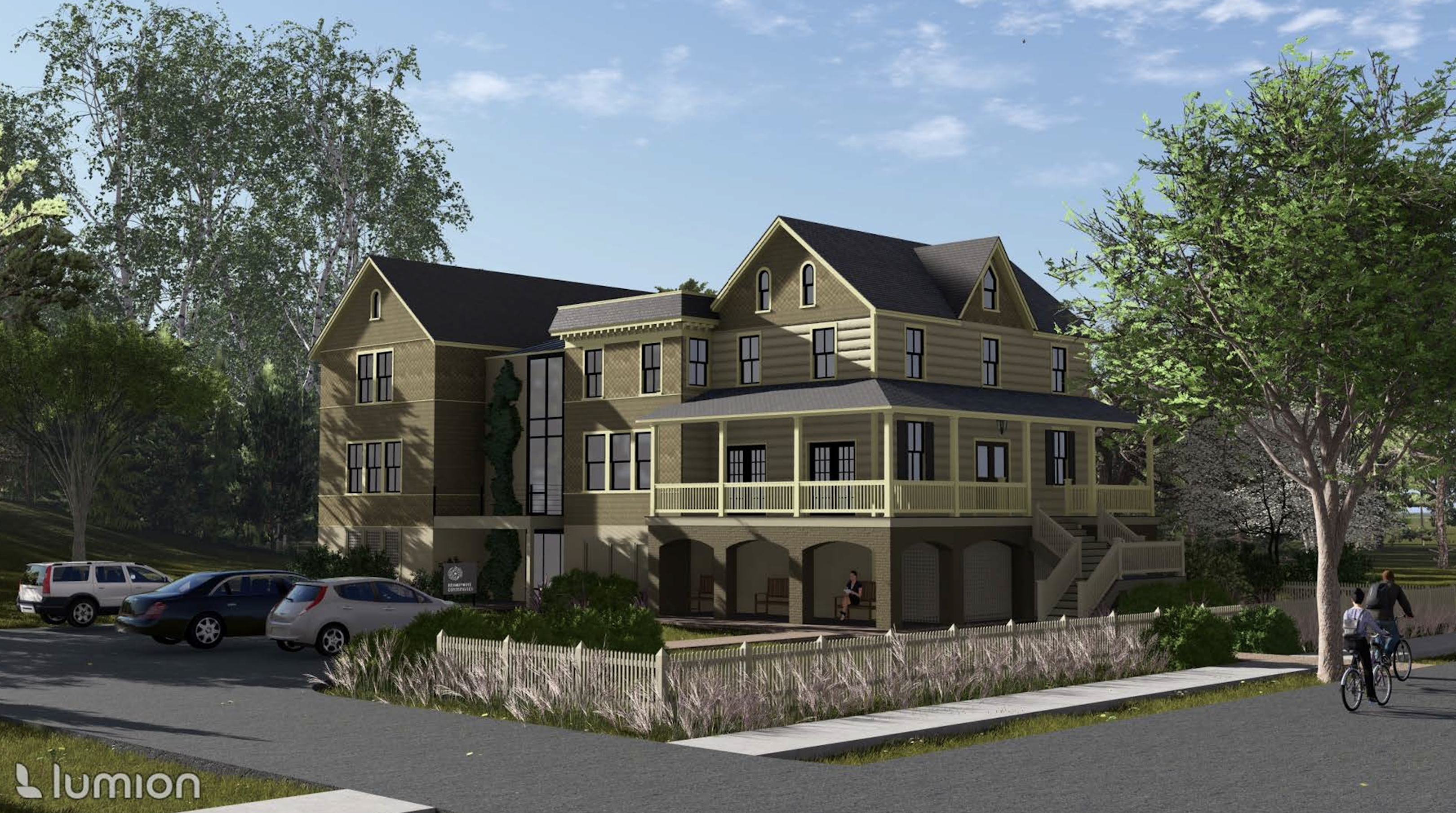Rising Above: Protecting A Historic Structure From Future Flooding

After incurring substantial damage from historic flooding caused by Hurricane Ida in 2021, the house at 6 Station Way Road on Brandywine's inner campus is preparing to enter a new phase of life. Built sometime between 1878 and 1880, the nearly 150-year old building stands as a tangible reminder of the seven families who once called it home and the development of Chadds Ford village at the turn of the century. Soon, this historic structure will be undergoing renovations to become an office building for Brandywine staff who still remain displaced after Ida flooding substantially damaged multiple office buildings on our campus.
Looking to the Future
After the flood, the building was carefully assessed to determine if rehabilitation would be both economically and technically feasible. Given the likelihood of future flood events of similar or increased magnitude, and the building’s location in the Chadds Ford Historic District, this was an important first step. Published the same year as the flood, the National Park Service's (NPS) Guidelines on Flood Adaptation for Rehabilitating Historic Buildings provided guidance on evaluating and identifying the best means for making 6 Station Way more resilient to flooding—without compromising its historic character. Situated in the historic district, 6 Station Way plays a role in the overall feel and character of the village, so retaining its historic features and relationship with surrounding buildings is imperative. To do this, while also considering different methods for flood adaptation, the Secretary of the Interior’s Standards for Rehabilitation were also followed and used in combination with the NPS Guidelines.

There are several ways a building can be floodproofed and multiple adaptation measures can be combined as necessary. For example, the NPS Guidelines include recommendations for dry floodproofing, wet floodproofing, filling the basement, elevating the structure on a new foundation, elevating just the interior of the structure, abandoning the lowest floor, and moving the building to a new site. When considering the best measure for 6 Station Way, elevating the structure on a new foundation allowed for the most resiliency over the longest period of time.
On Higher Ground
Elevating a structure is one of the more common flood adaptations undertaken, though it’s by no means frequently done. Luckily, 6 Station Way already sits on a raised foundation which means the increase in height will be less jarring than a building that sits low to the ground. Plus, its overall size and massing helps the building remain proportional even with the taller base. The front stairs will need to turn at a landing due to the increase in height, and arches under the porch will visually lighten the heavy masonry of the taller foundation. Once completed, the building will have been raised 5’ from its original elevation to sit a little over 8’ above the ground. A new rear addition will then be constructed so the building can comfortably accommodate much-needed offices for Brandywine staff.

Brandywine has long been an advocate for historic resource protection—from the adaptive reuse of the 1864 grist mill building into an art museum to the efforts to conserve the Brandywine Battlefield, now a National Historic Landmark. In preserving 6 Station Way, Brandywine will serve as a model in the region for flood adaptation of historic structures. It is an integral part of the work we do and by preparing now, we are preserving this piece of history for future generations.